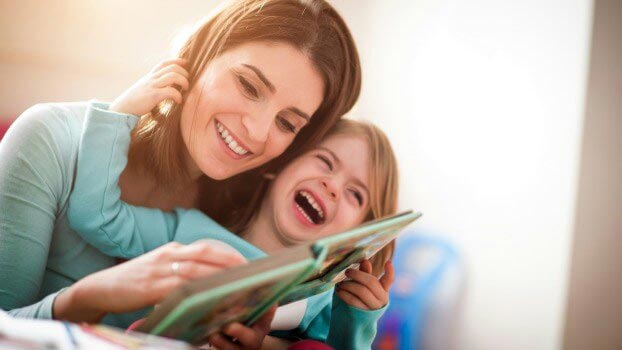
The COVID-19 pandemic and the ensuing school shutdowns were sudden and unexpected. At-home learning — and really, at-home everything — are now reality until further notice. Now, all we can do is try our best to keep normalcy for our families. The challenges with distance learning , though, go beyond just how to teach your child at home. Another important thing to remember is that the strict schedules and routines that children are used to have instantly gone away. Unfortunately, when big changes like this happen, behaviors can change, too.
So, what can you do as parents to help your children with this transition to remote learning? Follow the actions below to help yourself and your kids transition into this unanticipated – and hopefully short-lived – lifestyle change.
Talk to Your Children and Encourage Them to Talk to You
The most important way to normalize the changes that your child is experiencing is to listen to them and to hear their concerns. Start by asking if they have any fears and let them know that they can talk to you whenever they need to. The information that is so easily accessible to kids through social media and TV may be having a bigger effect on them than you realize. Having regular conversations with your kids can help them better understand the situation and potentially ease some of their fears.
Make a Routine for Your Kids
Kids are used to their daily routines and structure. Taking these two things away can be challenging for many children and can cause them to “test the limits” throughout the day.
So, what can you do? Create a schedule or plan each day that outlines how the time will be spent. For a visual of what your schedule might look like, see our Classroom Scheduling Pocket Chart™. Be sure to add in brain breaks, dance breaks, exercise breaks, and snack breaks to make it easier for your children to stay focused when they are doing schoolwork. We have many school resources for parents to help you turn these plans into reality.
Keep Electronics Away from Children During Homeschool Time
Just like a regular school day, non-educational electronics need to be put away to avoid distraction from learning at home. If this is something that you feel would not work for you and your child, create a “technology” time during the day where they can use their electronics. The important thing is to set clear boundaries on technology and make sure they’re followed.
Create Learning Areas to Foster Focus
Children behave differently depending on where they are. For example, they usually associate their playroom with playtime, and some connect the living room with watching TV. Creating areas that are made for learning will help them stay focused. When doing any type of learning that involves writing, there should be a quiet area that has a table and a chair.
You may also want to create a more comfortable area for their reading time. This could be a bean bag chair, a pile of blankets and pillows, or any other quiet and comfortable space in your home. Then, when your children are taking a break, allow them to choose different spaces around your house, so that they don’t feel like they are in the same places for the entire day.
Make Learning at Home Fun
Learning doesn’t have to be all paper and pencil. There are many educational games you can play with your child using dice or a pack of playing cards. Be creative with whatever your child is learning. For example, if your child is learning to identify numbers in kindergarten, use a deck of playing cards to play a match game. If your child is in first grade, make two piles of cards and as you flip the top card over, compete to see who can add the numbers on the cards first. For other learning games, see our Really Good Stuff Games and Activities page.
Some Final Thoughts on Navigating Your Children’s Behavior during This Pandemic
Your children need you right now. They need you to create a safe, structured, and loving place for them to learn. While we have never experienced anything like this before, we need to be brave for our kids and show them that their lives will continue in a similar way as before. And remember that you’re not alone — we’re here for you with expert advice and unbeatable value on home learning supplies.
For free resources to help children and parents navigate this unprecedented time, check out the Really Good Stuff® Resources tab. You can also search our blog for more free tips and ideas from real teachers.
By Nicole Morelli
3/20/2020
Nicole Morelli formerly taught first, second, and third grade. Before teaching, she was a paraprofessional, where she assisted in multiple elementary grades and a special needs class. Nicole has worked at Really Good Stuff for a little over two years as a Product Developer and Content Manager. Her specialties are STEM education and social-emotional learning. She has a lot of fun developing products for those topics!